Why Is It Important To Get An Employee’s Signature?
Last Updated on October 27, 2022 / HR Strategy, Recordkeeping

Have you ever had an employee question an employment agreement or say they didn’t mean to agree to a term of their employment? Why is it so important to get an employee’s signature?
This is a critical question for all employers, and the answer applies to more than just employment agreements! At its root, a signature is used to show the intent of an individual to bind oneself to a contract or make a written representation.
Why is an Employee’s Signature Important?
In the case of a new hire’s employment agreement, the signature here binds both the employee-to-be and the company to the agreed-upon terms such as salary, benefits, schedule, etc. – all items you don’t want to have to argue over after the employee has already started.
There are other instances where having an employee’s signature can help to protect your organization beyond the employment agreement. For example, when memorializing a performance conversation, it may be important to have an employee make a written representation of the fact that they were there, they understand the conversation, and they’ve agreed to any future action discussed during the meeting.
Obtaining an employee’s signature on documents such as these not only helps to clarify expectations, but it can also be an important part of your organization’s risk mitigation.
Employee Signature Best Practices
These signed documents are used should the agreement, the conversation, or actions be called into question, whether that’s internally or in a court of law. To eliminate additional confusion, there are best practices when gathering employee signatures.
A signature in ink is recognized as the standard for executing documents. However, should in-person not be an option (as many organizations have experienced a significant increase in remote workers), other legally recognized methods of signing are effective. These may include a scanned PDF of a signed document with an original signature or obtaining an electronic signature using software that is legally recognized, such as DocuSign, Adobe, certain payroll services, etc.
All in all, it goes back to showing intent to sign should anyone ever question that an agreement was created.
What Doesn’t Count as a Signature?
What you want to avoid is a question of fraud or whether an individual intended to enter into the agreement. Just typing a name using script font instead of using an original signature is typically not sufficient because it is easier to claim that it was created by someone other than the named party.
Additionally, simply cutting and pasting a picture of a person’s original signature into a document, as is sometimes done on letters, isn’t recommended because it can be more easily used to create counterfeited documents (or alleged to be counterfeit by a party not wanting to be bound by the agreement). Having said that, it is slightly better than typing in script font.
In the end, it is important to protect both parties – the employee and the company – with original or well-documented signatures in the case of disagreements or audits. By taking a little bit of additional time upfront to ensure that you’ve gathered an employee’s signature correctly, you can prevent a significant amount of wasted time and money later down the path.
Special thank you to Emily Smith, JD, General Counsel for Clark Schaefer Hackett, and Sammie Kelly for contributing to this Emerging Issues in HR.
Although maintaining proper recordkeeping practices may not be everyone’s forte, it is a critical piece to help protect both your organization and your employees. But don’t worry, Clark Schaefer Strategic HR are here to help! We can conduct an HR Audit to review your HR policies, procedures, documentation, and systems to identify any areas for improvement or enhancement in your HR function. To learn more, visit our HR Audit page or Request an HR Audit Quote.










